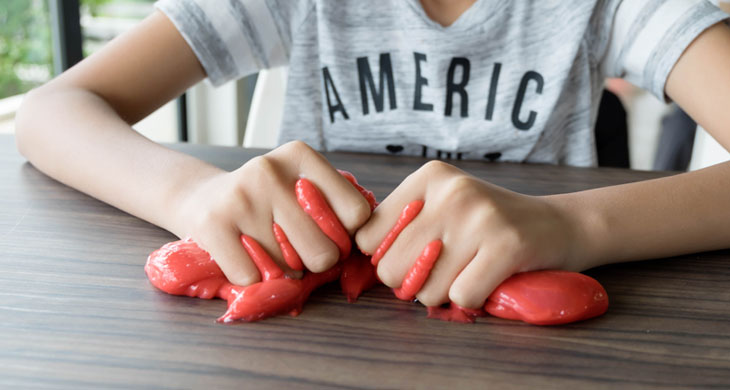With all the buzz about STEM, it’s more important than ever that your kids learn about science. As an involved parent, you can use these safe projects to spark kids’ interest in science. Best of all, you likely have these items at home or can get them on your next errand run.
Build a Tabletop Hovercraft
Teach kids about airflow and friction using a CD, nine-inch balloon, plastic bottle pop-top lid, and hot glue gun. Cover the CD hole with a piece of tape and poke six holes in it with a pushpin. Glue the cap to the CD’s center and create a good seal. Inflate the balloon and pinch it closed. Fit the balloon’s neck over the closed pop-top. Put the craft on a smooth surface and pop the top. Try changing the balloon size or disc size (use plastic picnic plates or vinyl albums). Or, use a helium-filled balloon and compare the results.
Roll a Can with Static Electricity
Explore static electricity using an empty soda can, a balloon, and your child’s hair. First, lay the can on its side on a smooth, flat surface. Rub the inflated balloon on your child’s hair quickly. Then, hold the balloon close to the can without touching it. Watch the can roll toward the balloon. For an alternative, tear up a tissue into 1/4-inch pieces, rub the balloon on your hair, and bring it close to the tissue. The balloon attracts the pieces, and then they will jump away.
Solid or Liquid?
Make Gluep and learn about plastics’ properties. Dissolve one teaspoon of laundry borax in five tablespoons of water. In another cup, combine one tablespoon of water and one tablespoon of white glue, stirring until the mixture is uniform. Add food coloring if desired. Stir two teaspoons of the borax solution into the glue mixture. Knead the resulting lump by hand for two minutes. Examine the Gluep. Roll it into a ball, put it down, and see if it maintains its shape. Drop it onto the table and see what happens.
Floating Eggs
Teach kids the principle of liquid density and its relationship to floating and sinking with an egg, water, salt, and a tall drinking glass. Fill the glass halfway with water. Stir in six tablespoons of salt. Pour in plain water until the glass is nearly full, being careful not to disturb the saltwater. Gently lower the egg into the water. The egg will float in the middle of the glass, revealing salt water’s density.
Needle Through a Balloon
This lesson about cross-linking answers why balloons sometimes pop. Partially inflate a balloon and tie it. Cover the length of the skewer with Vaseline. Using a careful twisting motion, insert the skewer into the balloon at the end opposite the knot and push it through until it exits near the knot. Look at the rubber near the balloon’s ends; it is darker because it is not stretched as tightly, allowing the skewer through because there is less force pulling on it. There are enough cross-links to prevent popping. Then, stick the skewer into the balloon’s side and see the result.
These projects make teaching science at home safe and fun.





































